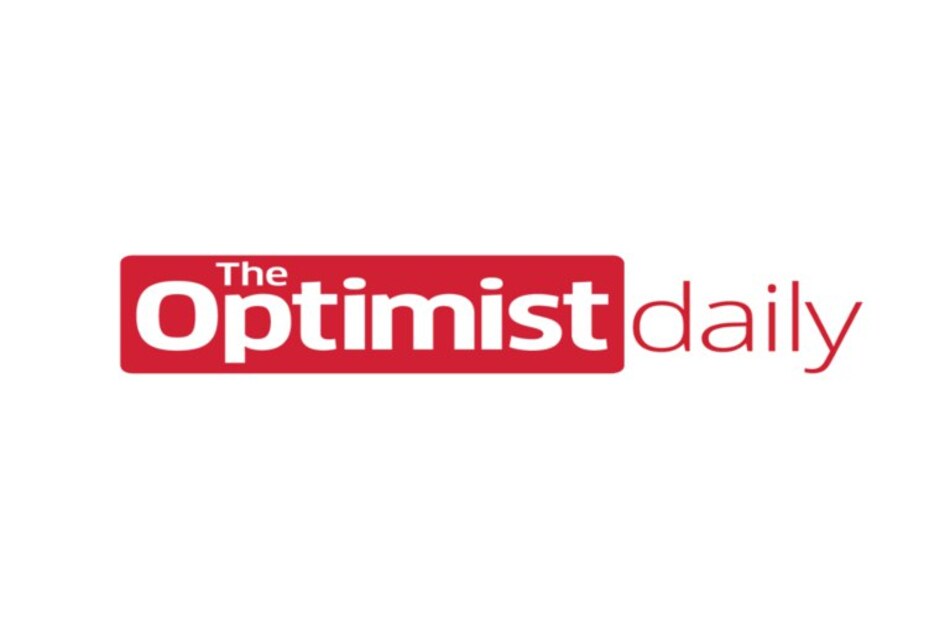The US electoral system is far from perfect, however, ranked-choice voting could be a viable and relatively easy-to-implement method to improve it.
Back in 2019, New Yorkers voted to try this ranked-choice system for local primary and special elections, making it the largest voting population across the states to do so. Now, this June’s primary elections will be the first to implement this system, which allows voters to rank candidates instead of choosing just one.
The first-past-the-post system used in most US elections undermines democracy in various ways. Firstly, the system incentivizes voters to choose the candidates that are most likely to win; even if voters see that a different candidate aligns well with their values. If that candidate is unlikely to win, then most would opt to not waste their votes on the underdogs and simply vote for whichever top candidate they disagree with the least.
This also creates a lot of tension between candidates with similar agendas who end up competing directly against each other for the public’s favor, even if they share many of the same values. This generally results in more of a personality contest, and people end up voting based on how popular the person who is running is, rather than the prospects of that person’s agenda.
With ranked-choice voting, voters can support multiple candidates that reflect their values, and even if their top choices are eliminated, their preferences will still be counted in the final result. How it works is, when the votes are counted, if one candidate has over 50 percent of the vote, they take the victory. If, however, that is not the case, then the candidate with the fewest votes is removed from the race and his or her votes get distributed according to their voters’ second choices, and so on until one of the candidates earns the majority vote.
Ranked-choice voting is also good news for candidates, who no longer have to worry about being the public’s only choice and can focus on representing their political agendas and earning the public’s respect, instead of spending energy tearing down their opponents. In the weeks and months leading up to New York City’s mayoral race in June, we are already sensing more unity among opponents. Candidates are openly discussing who their second choices are, and some of these competing candidates are even appearing together at shared promotional events.
New York follows other major cities like San Francisco and Minneapolis, which have been using the ranked-choice voting system for a number of years now. Maine and Alaska have also implemented this voting system.
At the national level, the House passed the For the People Act in March, which promises to provide funding for states to implement new voting systems that allow for the counting of ranked ballots. Now all that’s left to do is to see if it is passed in the Senate, which would potentially facilitate the implementation of ranked-choice voting in future jurisdictions.
Ranked-choice voting systems could be the systemic change that will alleviate the constant negativity we see in politics and allow for healthier and more unified progress for all.











